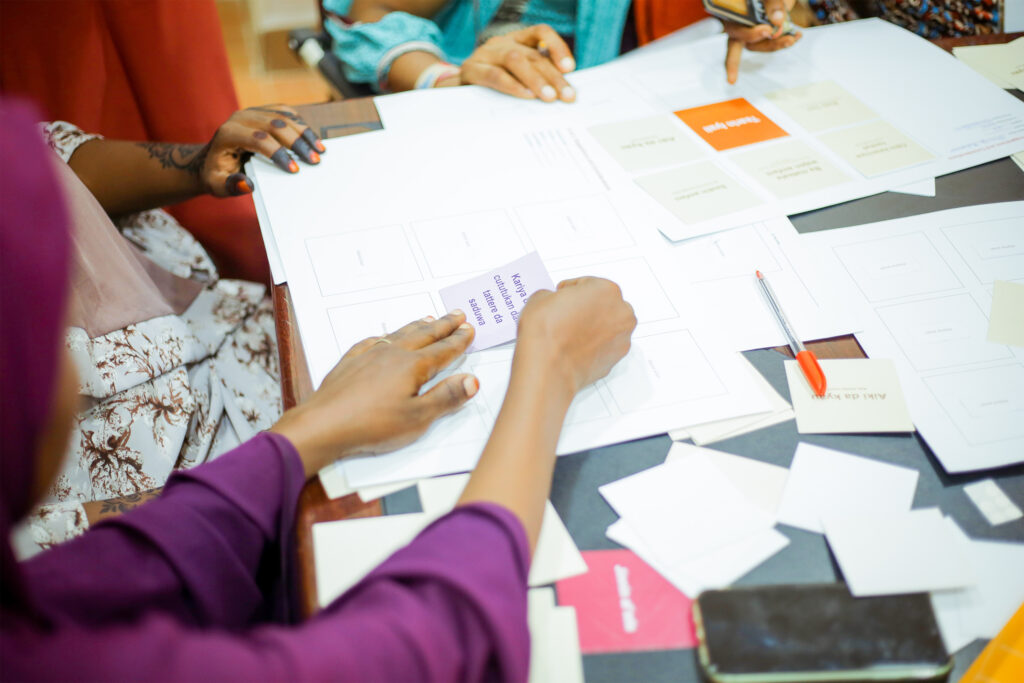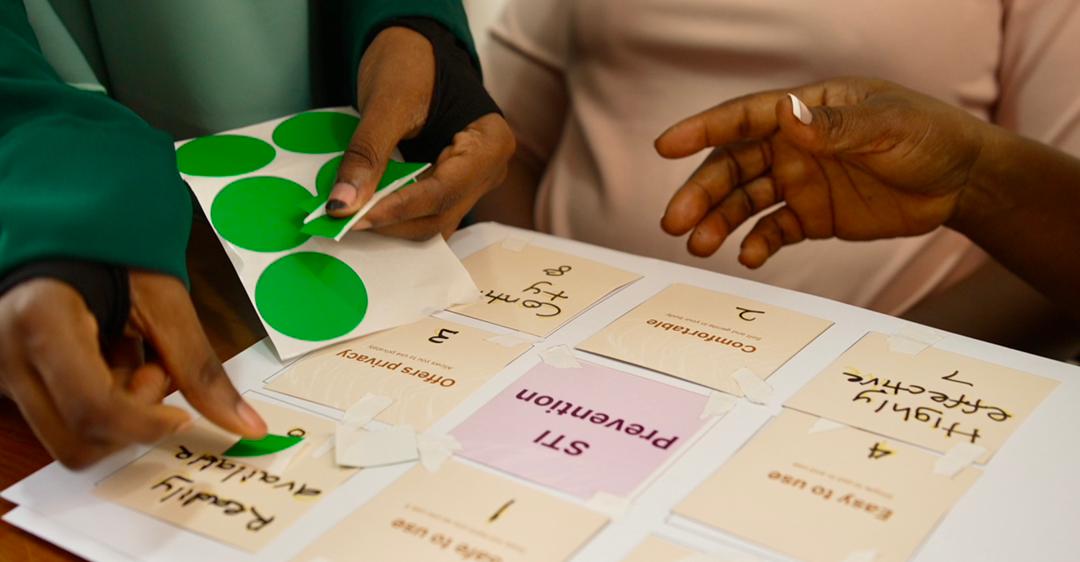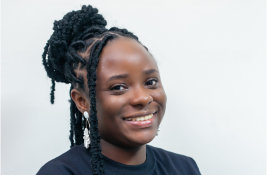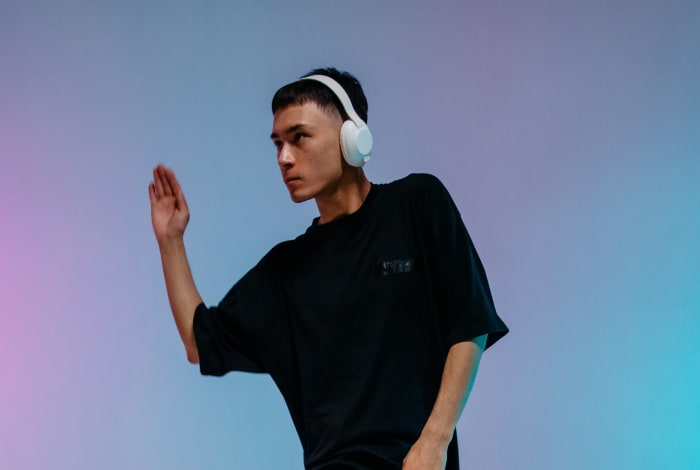Women’s healthcare is an area that’s increasingly getting the attention of organizations globally, one of the reasons is because it has been a long marginalized part of healthcare in respect to research and solutioning.
In light of this, the unique health challenges that Women of Reproductive Age (WRA) face, even more so in LMIC contexts have not only gone without notice, but also left a huge gap in women’s healthcare at a global and national level.
In Nigeria for instance, the intersection of varied cultures, beliefs, and behavioral patterns further influences the challenges that women face, often showing up in women’s needs, preferences, experiences and how they navigate their choices in their reproductive health and well-being journey. In working with our global partners, one of the goals was to build effective solutions to meet these needs.
To do this, we turned to participatory design, to include the women we intended to study, in the design process. Participatory design was great at achieving this, as it centers these target audience as ‘co-designers’ of the end solutions. Working alongside these women ensure their voices are included in the creation process, ensuring the solutions reflect their desires and lived experiences and meets their needs. To drive results as we work within Nigeria’s incredibly diverse cultural landscape, we have leaned in deeply to participatory design and co-creation methods ensuring that the solutions or strategies generated are not just only the people we work with, but are designed alongside them, reflecting their unique perspectives and heightening their engagement.
Our team conducted research in two geographically distinct regions of Nigeria (Southern and Northern), the goal was to bring the voices of these women and their communities into the heart of the design process. By working closely with them, we were able to test hypotheses relating to major reproductive health concerns that women face. This helped us to uncover insights that would drive meaningful change and inform potential sustainable solutions effectively addressing the needs of this people group.

Team in a research planning work session
Getting Started
In addition to determining what the goals are, every successful project begins with understanding who holds a stake in its success. This project was no different. We identified three key groups that we needed to keep informed and involved all through the duration of the project: the women and communities we were designing for, our research and strategy partners, and the funders driving the initiative.
Keeping these key players in mind informed our process, even as we underwent research. Our approach was deeply qualitative as well as engaging, designing research activities that encouraged active participation and effective collaboration. The immersive research process involved physical interactions as we did contextual research with participants, virtual engagements through WhatsApp channels, phone calls, and text messages, as well as iterative follow-ups that kept them actively engaged. From icebreaker games that set a relaxed tone to co-design activities that prioritized their voices, we created an environment where every participant felt valued and heard, even in parts of the localities where women were at times shy to open up.
Key principles of participatory design in practice
There’s no doubt something empowering about the process of participatory research. Transparency, inclusion, and active collaboration were some of the principles that our team prioritized in designing research activities for this project.
By fostering transparency, we built trust and empowered the women to shape outcomes. We had open discussions at the beginning of the engagement with the women, clearly communicating the terms of engagement, highlighting the value of their contributions, and showcasing the potential benefits of their participation to their reproductive health outcomes in the near future.
Through inclusive methods tailored to their diverse backgrounds and needs, we ensured every voice was heard. Participants didn’t just share insights; they co-designed potential solutions for addressing their reproductive health issues. This approach unlocked cultural nuances and revealed decision-making patterns that shaped more practical, resonant outcomes.


